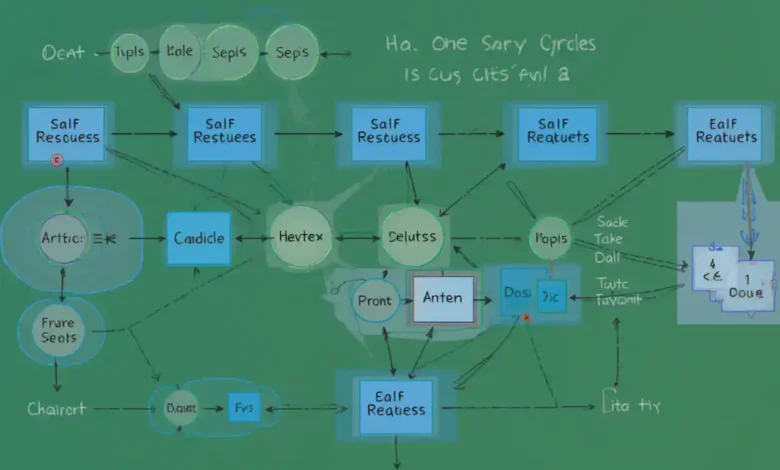Deadlock Avoidance in Operating Systems

Introduction
Deadlocks are a critical issue in operating systems (OS), where two or more processes get stuck, each waiting for resources held by the others. Understanding deadlock avoidance is essential for developing efficient and reliable systems. This blog post will cover key strategies and algorithms that help prevent these problematic scenarios.
What is a Deadlock?
A deadlock occurs in an OS when two or more processes hold resources and wait for each other to release other resources, creating a cycle of dependencies that prevents any of them from proceeding. This section explains the conditions that lead to a deadlock and its impact on system performance.
Conditions for Deadlock
Four primary conditions must be present for a deadlock to occur: mutual exclusion, hold and wait, no preemption, and circular wait. Each condition plays a crucial role in the development of a deadlock situation within an OS. This understanding is vital for developing strategies for deadlock avoidance.
Deadlock Avoidance vs. Deadlock Prevention
Deadlock avoidance and deadlock prevention are two approaches to handle deadlocks in operating systems. While prevention eliminates the possibility of a deadlock by negating one of its necessary conditions, avoidance deals with the problem by ensuring that the system will never enter a deadlock state.
Resource Allocation Graphs
Resource Allocation Graphs (RAGs) are a tool used in deadlock avoidance to keep track of which resources are allocated to which processes. This section discusses how RAGs can be used to detect possible deadlock conditions before they occur.
The Banker’s Algorithm
One of the most famous deadlock avoidance algorithms is the Banker’s Algorithm, which simulates the allocation of limited resources to multiple processes in a safe sequence. This algorithm is essential for understanding how to manage and allocate resources without leading to deadlocks.
Priority-Based Scheduling
Priority-based scheduling is another method used for deadlock avoidance. By assigning priorities to different processes and resources, the OS can manage requests in a manner that minimizes the risk of deadlocks.
Common Challenges in Deadlock Avoidance
Implementing deadlock avoidance strategies is not without challenges. This section covers common pitfalls and complexities that developers and system administrators face when managing resources in an OS.
Testing and Simulation Tools
Effective testing and simulation tools are crucial for verifying the robustness of deadlock avoidance strategies. This part discusses various tools and software that help simulate scenarios and test how well an operating system handles potential deadlocks.
Recent Advances in Deadlock Avoidance
Technological advancements continue to impact how deadlocks are managed in modern operating systems. This section highlights recent innovations and research that have improved deadlock avoidance techniques.
Conclusion
Deadlock avoidance is a critical aspect of system management and requires a careful and detailed approach to ensure efficient and uninterrupted system performance. By understanding and implementing effective strategies and algorithms, developers can significantly reduce the risk of deadlocks in operating systems.
FAQs
- What is a deadlock in an operating system?
A deadlock in an operating system occurs when two or more processes block each other by each holding a resource the other needs but is unwilling to release.
- How does the Banker’s Algorithm prevent deadlocks?
The Banker’s Algorithm prevents deadlocks by allocating resources to processes only if the resulting state is safe, meaning there is at least one sequence of processes that can finish without leading to a deadlock.
- Can deadlocks be completely avoided?
While deadlocks can often be avoided by using algorithms like the Banker’s Algorithm, it is not always possible to completely eliminate them without significant resource or performance trade-offs.
- What is the difference between deadlock avoidance and deadlock detection?
Deadlock avoidance involves ensuring that the system does not enter a deadlock state by careful resource allocation, whereas deadlock detection involves identifying deadlocks after they have occurred and resolving them.
- Are there any real-world systems where deadlock avoidance is particularly critical?
Real-world systems where deadlock avoidance is critical include database systems, network systems, and multi-tasking operating systems, where high resource utilization and concurrency can often lead to deadlocks.




